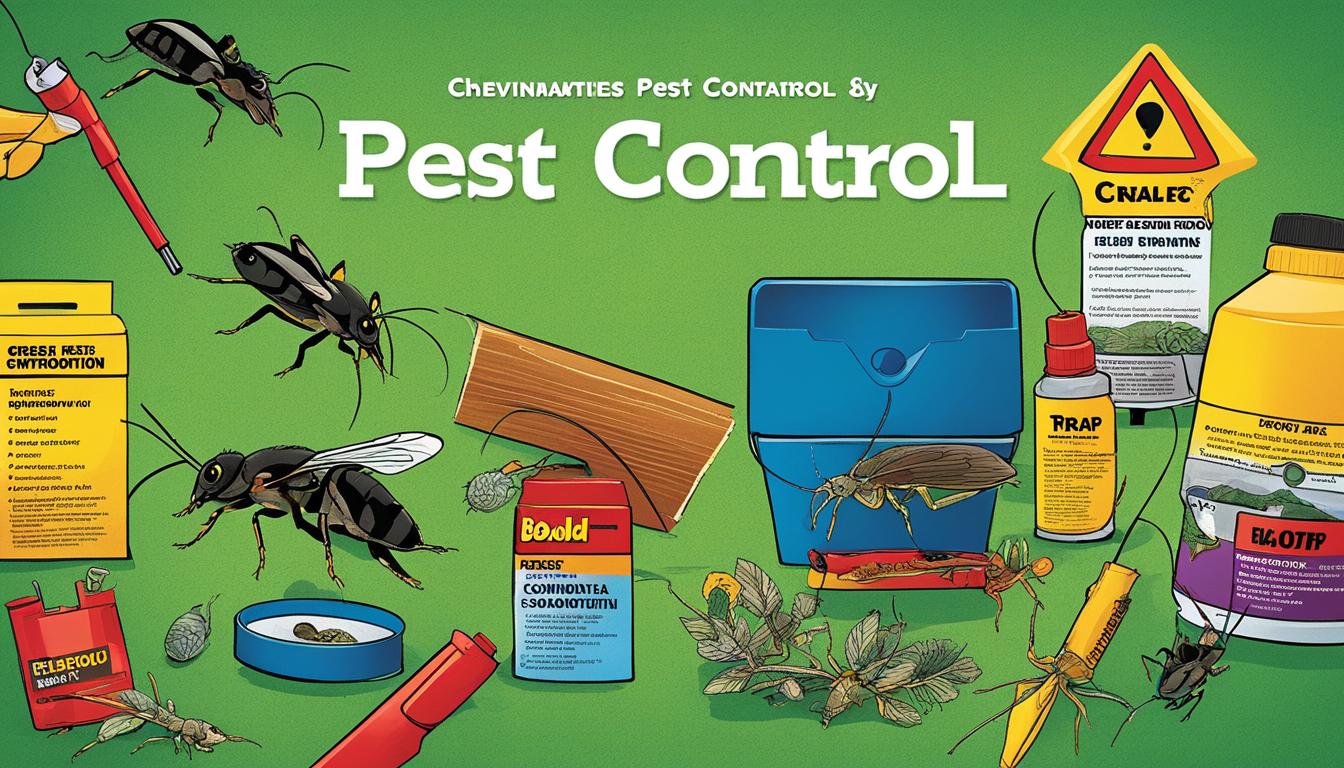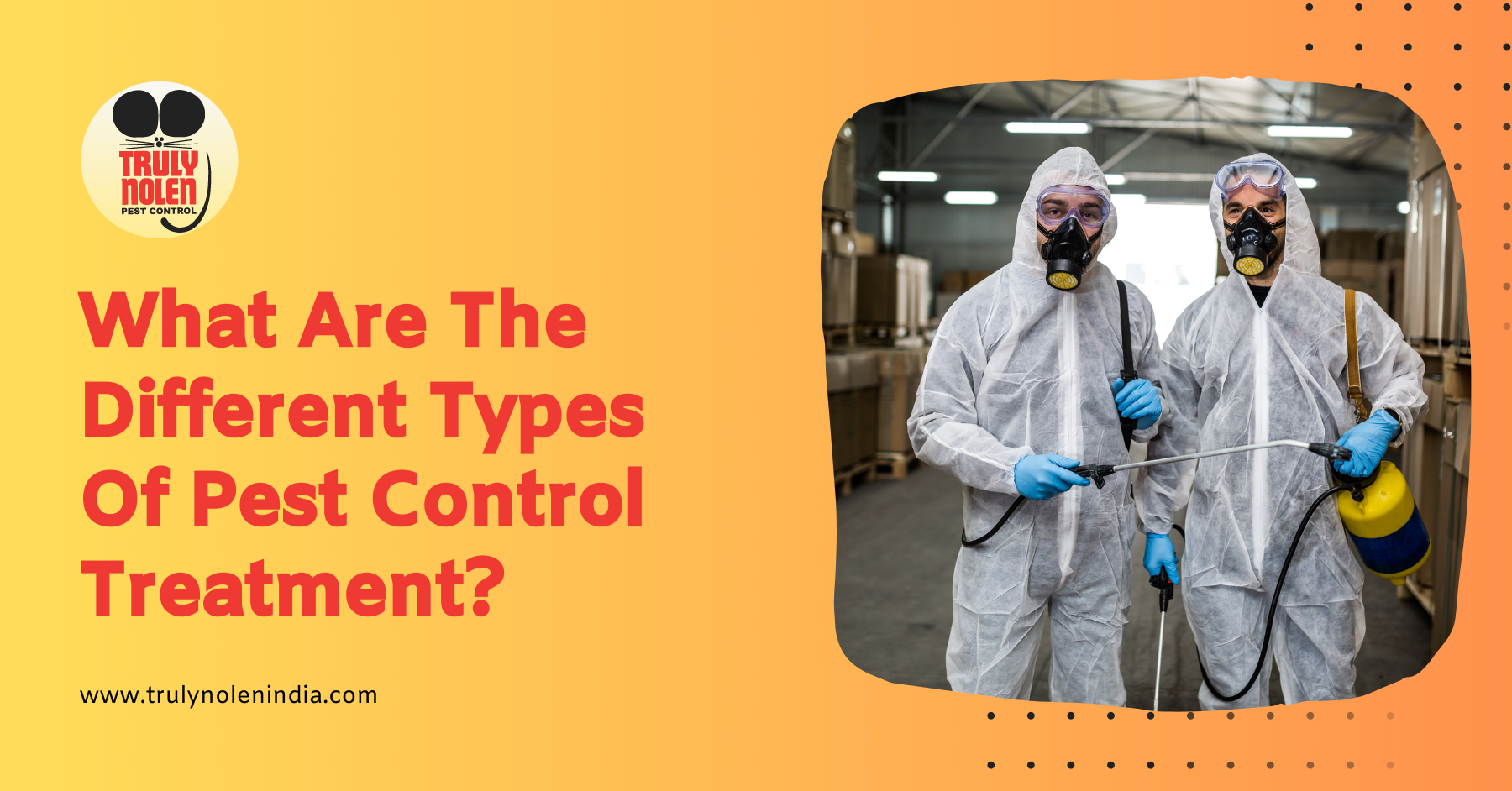The smart Trick of Pest Control That Nobody is Talking About
The smart Trick of Pest Control That Nobody is Talking About
Blog Article
The Only Guide to Pest Control
Table of ContentsThe Pest Control PDFsThe Basic Principles Of Pest Control How Pest Control can Save You Time, Stress, and Money.The Ultimate Guide To Pest ControlSome Known Facts About Pest Control.7 Simple Techniques For Pest Control
Our findings reveal that the preliminary assessment will certainly set you back anywhere from $160-$300 on average. This normally sets you back anywhere in between $400-$1000 for the entire year's coverage, with regular monthly or bi-monthly brows through already rolled into the final cost.Depending upon the problem, a work that requires a single visit commonly costs $300 to $550. These are the easiest prices to lay out in your insect control costs checklist. Be certain to clarify to your consumer the process and the time it will certainly require to assess the scenario. Throughout this initial go to, you might uncover that the work needs several additional visits, at which factor you can consider it an initial visit.
Pests that generally requires ongoing visits consist of: Cockroaches. Crawlers. Termites. Ticks. Rats. Our searchings for reveal that a first visit is concerning $180 and is the first of an ongoing agreement. The preliminary browse through is where you do the examining that will aid you determine an option. Throughout this first visit, you ought to: Assess the issue. Pest Control.
In general, the frequency of regular gos to is: Every month: $40 45. Pest control is a chemically-intensive company. Chemicals are the essential products that pest control experts make use of to finish a task.
Some Known Facts About Pest Control.
Crucial products and materials you'll make use of include: Respirator. Your tools need to be included as part of your overhead expenses. If you have workers, then labor expenses are going to be the largest expenses for your organization.
Limitations of Chemical Monitoring Be able to examine insect troubles, determine if administration is required, and make proper suggestions utilizing IPM strategies. Know with various approaches of bug monitoring - their benefits and constraints. Understand the value of valuable insects. It is not possibleor also desirableto rid yards of all parasites.
This phase talks about (IPM), a strategy that uses understanding concerning parasites and their, techniques, nonchemical techniques, and pesticides to take care of pest troubles. Extra info regarding IPM for certain plants is included in phases that focus on those plants. Nonchemical parasite control steps are stressed in phase 17, "Organic Gardening." Handling birds and mammals is covered in phase 20, "Wild animals." Handling in the lawn and garden is covered in phase 6, "Weeds." Insects in a garden or landscape might include bugs and termites, weeds,, animals, and birds.
Pest Control - Truths
Bugs and weeds, nonetheless, play a duty in the. After growing a garden or establishing a lawn, the all-natural procedure of plant succession begins to restore and nonnative plants.
What we call "insects" belong to a natural system at the workplace. An ecological community has no pests. Only humans consider particular species insects when they happen where they are not desired. We will certainly be much more effective in taking care of undesirable varieties when we recognize that these organisms comply with foreseeable patterns that we can utilize to our advantage.
Insects vulnerable to a pesticide were swiftly killed, leaving immune ones to breed and multiply. It became clear that chemicals alone would certainly not resolve all parasite troubles. Instead, overuse of chemicals created the advancement of resistant bugs. Researchers began to develop a brand-new approach to pest control. This new approach was referred to as integrated parasite administration YOURURL.com (IPM).
An IPM strategy allows some level of pests in the environment. Insects are much less likely to endure a program that utilizes many various techniques of minimizing their populations. Integrated parasite administration was very first recommended by entomologists due to the fact that bugs were the initial group of insects to prove tough to manage with chemicals alone.
The Main Principles Of Pest Control

Administration instead of removal of insects is the goal. An IPM plan starts with a careful examination of each pest invasion. Only then can one determine regarding the suitable techniques needed to subdue insect activities. The life cycle of the parasite, feasible damages, natural opponents, and results of weather condition, to name a few elements, are thought about before a control plan is carried out.
Clover expanding in a grass may be deemed an unwanted weed, however as a legume it is synthesizing nitrogen for the dirt and the blossoms are offering nectar to honey bees and other. Tolerance for some weeds may become part of an IPM strategy. may be eating the fallen leaves of a plant, however when they are identified as the larvae of Eastern tiger swallowtail butterflies, their damages may be endured so we can delight in the gorgeous butterfly.
Number 81. Brown lacewing larva (Hemerobiidae family). Pest Control. Matt Bertone Prevention is the very first device in parasite administration since it is the most effective, the very least costly, the majority of eco-friendly remedy. Picking a healthy and balanced plant that flourishes in the desired area with the readily available light, planting it very carefully, and ensuring that it has appropriate water and nutrients avoids stress and minimizes parasite troubles.
The smart Trick of Pest Control That Nobody is Discussing
The 2nd most essential device in pest monitoring is early treatment. Responding to problems swiftly, before they have time to increase, needs a much less remarkable treatment.
Several secure, functional, nonchemical approaches of plant security and pest monitoring may minimize or remove the need to spray. Various other techniques are most helpful when used with pesticides. To apply administration techniques properly and to decrease blog here losses, garden enthusiasts click this link must know the kinds of pests that attack plants and understand pest biology.
Pest administration methods fall under 4 groups: cultural, mechanical, organic, and chemical. Maintaining plants healthy and protecting against plant stress helps plants to much better stand up to and repair the damage caused by an insect or mite pest. Some proof suggests that healthy plants resist infestation by bugs far better than plants with low vigor.
Performing a soil test and applying only the recommended amount of fertilizer and lime takes full advantage of the benefit to the plant while minimizing issues associated with too much use of plant food. Covering the dirt with a number of inches of compost safeguards the plant in several means: decreasing dirt water loss to dissipation, minimizing weed competition, providing nutrients, and producing an ideal environment for earthworms and microorganisms that keep the dirt loose for origins and damage down organic product to release nutrients.
Pest Control Fundamentals Explained

If tilling is deemed necessary, consider doing it in the loss when the life cycles of several bugs brings them near the surface area. At the surface area, pests come to be revealed to the weather as well as birds and other all-natural adversaries.
Report this page